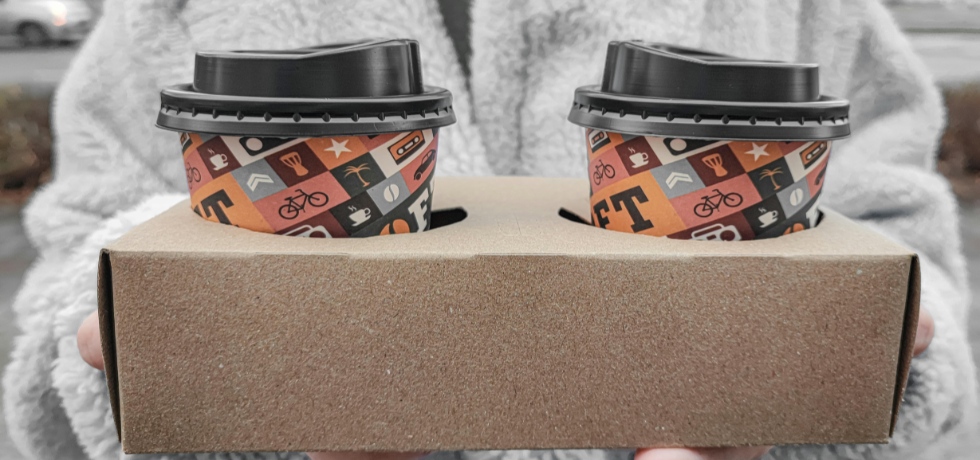With growing awareness about plastic pollution, many businesses and consumers are turning to biodegradable and compostable packaging as eco-friendly alternatives. But how sustainable are these options? Do they really help the environment, or are they just another marketing gimmick?
In this blog, we’ll uncover the truth about biodegradable and compostable packaging, their differences, and how to ensure they’re actually making a positive impact.
Also Read: Top 5 Technologies Revolutionizing Waste Management in 2025
What is Biodegradable Packaging?
Biodegradable packaging refers to materials that can break down over time with the help of microorganisms like bacteria and fungi. While this sounds promising, not all biodegradable materials decompose as easily as we might think. Some require specific conditions—like high heat or moisture—to break down properly. If they end up in landfills, they might take years to decompose or even release harmful greenhouse gases like methane.
Another concern is microplastics. Some biodegradable plastics don’t completely break down but instead fragment into tiny particles that contaminate water and soil. While biodegradable packaging is a step forward, its benefits depend on how and where it is disposed of.
What About Compostable Packaging?
Compostable packaging, on the other hand, is designed to break down into organic matter without leaving harmful residues. Unlike biodegradable materials, compostable packaging has strict industry standards to ensure that it decomposes completely and enriches the soil.
However, there’s a catch. Many compostable materials require industrial composting facilities with high temperatures and specific conditions to break down properly. If they are thrown into regular trash or end up in a landfill, they won’t decompose as expected. Some compostable packaging can break down in home compost bins, but consumers need to check the labels carefully to know where it can be disposed of.
Is One Better Than the Other?
While both biodegradable and compostable packaging offer benefits, they are not perfect solutions. Their effectiveness largely depends on how they are discarded. If proper waste management facilities are unavailable, these materials can still contribute to pollution.
Rather than relying solely on new types of packaging, the best approach is to reduce waste wherever possible. Reusing containers, choosing minimal packaging, and supporting businesses that prioritize sustainability can have a greater impact than simply switching to biodegradable or compostable options.
Final Thoughts
Biodegradable and compostable packaging are steps in the right direction, but they are not a silver bullet for the plastic crisis. Making informed choices about disposal, reducing overall waste, and encouraging better recycling and composting infrastructure are essential to creating a truly sustainable future.
Would you switch to biodegradable or compostable packaging? Share your thoughts in the comments.
Tags:
BiodiversityRecyclingWaste ManagementAuthor - Vaishnavi K V
Vaishnavi is an exceptionally self - motivated person with more than 4 years of expertise in producing news stories, blogs, and content marketing pieces. She uses strong language, and an accurate and flexible writing style. She is passionate about learning new subjects, has a talent for creating original material, and the ability to produce polished and appealing writing for diverse clients.
